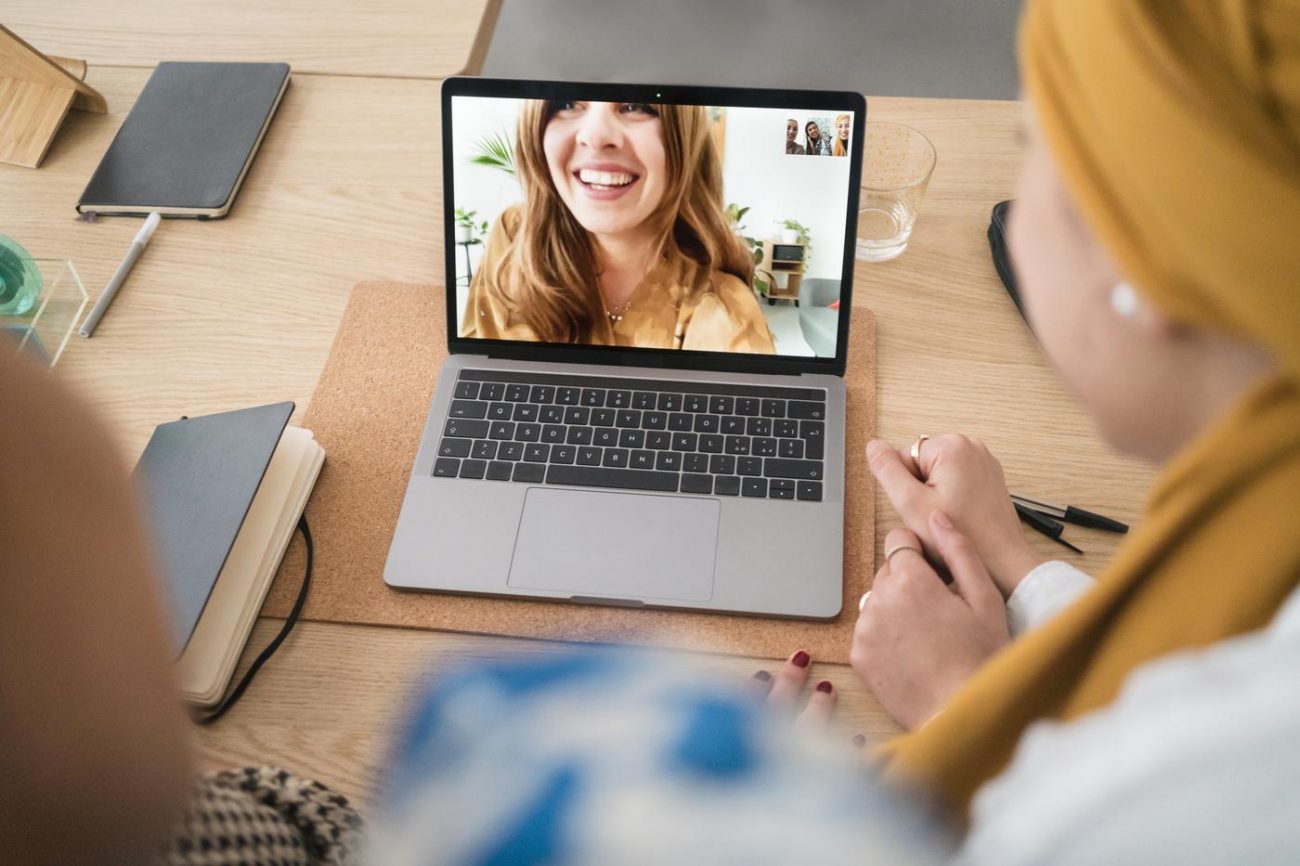
Podcasts have become incredibly popular, growing steadily over the past 2 years. In June 2018, there were over 550,000 podcasts and, as of February 2021, that number has grown to t approximately 1,750,000 podcasts. This is a staggering amount of content; yet, many people don’t realize that podcasts aren’t accessible.
Truthfully, I’d be lying to say that educating on this topic wasn’t for personal gain!
I can’t access podcasts. The reason being is that I’m deaf. This isn’t my first foray into podcasting, as I’ve been a guest on a few podcasts, and I’ve had to invest time in educating each host on the importance of accessibility in podcasting.
Why Your Podcast Should Be Accessible
The biggest reason your podcast should be accessible is to reach the widest possible audience, and I don’t just mean deaf people. When you ensure your podcast is accessible you provide access to non-native speakers, people who listen to podcasts in noisy environments, fast readers, people who consume by reading, and, well, people without good quality wifi.
When you take that step forward and make your podcast accessible to more people, you’re increasing your reach and exposure.
Bonus: a transcript dramatically increases your SEO because you’re making your text more searchable (and, therefore, higher on Google and other similar platforms).
Accessible Podcasting: a Catalyst for Creativity
There is this misconception that when you make things more accessible that you’re stripping away features and that you’re going super basic. This couldn’t be further from the truth. I’d like for you to consider that being accessible can be the catalyst for creativity. It creates this opportunity to allow for more people to contribute to society and connect in meaningful ways.
Let’s start taking action and make your podcast more accessible for everyone!
How to Ensure Your Podcast is Accessible
1. Add Transcripts to your process.
We’re going to start off with doing some research. You’ll need to decide which platform you’ll use in order to transcribe your podcast.
Here are a few apps you can check out.
My favorite is otter.ai*. It’s an incredibly easy to use AI transcription program that saves your audio in addition to the text.
You can import your audio directly by dragging and dropping your .mp4 file. The platform will notify you when it’s ready for review. You can edit directly in the app or export to a variety of files, including a .DOCX. So easy! And, it’s super affordable!
There are many different apps that range from free to $$$. Decide which app works best for you.
Some factors to consider in making the decision of which platform to use…
- Cost
- Amount of editing required
- Time spent
2. Create Your First Transcript.
You’ve done your research and decided on which transcription app you’re going to use. Now, let’s upload your audio and get it transcribed!
Pro tip when you add a new process into your workflow/system:
Start where you’re at right now.
It is so easy to get overwhelmed and feel like you need to go back to the beginning and transcribe everything. I don’t want you to do that. Start from where you are in this season, this episode. If you recorded an episode this week, use that as your starting point. Don’t start by playing catch up when you’re first getting started in creating accessible podcast content!
3. Clean Up The Transcript.
You’ve uploaded your transcript and it’s ready to go! But wait… you still need to take a little bit of time to clean it up and make sure it’s accurate! (Unless you used a live transcriber!)
Please note that it does NOT need to be perfect, but it is important to take the time to identify each speaker and clean up any glaring errors. Read through the entire transcript in order to make sure that the content has been translated properly. Artificial Intelligence is always learning and it’s not always 100% accurate.
Perfection is not the expectation. A lot of you are doing this on your own – probably bootstrapping. It’s ok to take small steps; it’s important to put in the effort to be more accessible!
4. Share That Your Podcast is Accessible.
You’ve spent this time creating an accessible podcast. Now what?
Raise awareness about the actions you’re taking to make your podcast accessible!
Draft a statement to include in your posts so you can let people know that your podcast is accessible and that you’re encouraging people to make their podcast accessible as well! If you share your podcast through email, include a downloadable pdf of the transcript or have it easily accessible on your website.
Make it easy for people to get to your transcript. If people have to search for it, you’ll lose them.
Use hashtags such as: #MakePodcastAccessible #PodcastAccessibility #AccessibleME
Pro tip: Use title case in your hashtags to make them accessible to screen readers.
Things to watch out for…
Don’t create transcripts that are only available behind a paywall or membership. If someone wants to read your transcript, they shouldn’t have to pay for it, just like you wouldn’t expect someone in a wheelchair to pay to use a ramp in the physical domain.
Deaf people requesting captions is equivalent to hearing people requesting audio. Imagine being denied access to audio every time, everywhere and everyday.
— L. Friedmann



